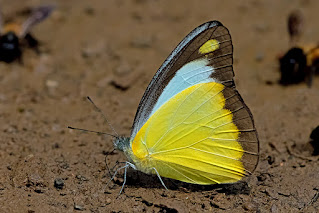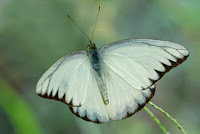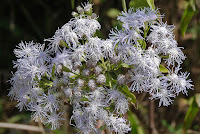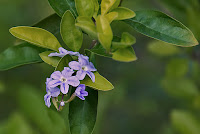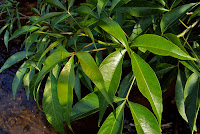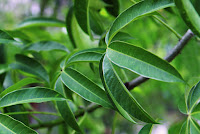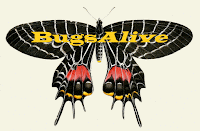A p p i a s l y n c i d a
D A T A S H E E T
Common Name:
Taxonomy:
Morphology:
Sexual Dimorphism:
Distribution:
Flight time:
Habitat:
Life History:
Voltinism:
Larval hosts:
(all locations)
Adult food sources:
(all locations)
Photos:
(Click to view large)
the Chocolate Albatross Photos at the bottom of the page
Arthropoda - Insecta - Lepidoptera - Pieridae - Pierinae - Appias - lyncida (Cramer, 1777)
wingspan - 45-55mm, wing colour - UP male is predominently white with black margins, female is much darker with the predominent colour being brown/black; UN forewing is similar to upper but marginal colour is brown, hindwing is yellow with brown margin, both sexes are similar, eye colour - grey with black flecks, proboscis colour - black, antennae colour - black/white banded, abdomen colour - white/black, leg colour - white with thin black stripes, flight - fast
differences in appearance especially on upper wings
Sri Lanka, India, Bhutan, Bangladesh, Myanmar, Thailand, Laos, Cambodia, Vietnam, China, Taiwan, Malaysia, Singapore, Indonesia, Philippines
all year depending on location
evergreen and deciduous forest up to 1500m, usually near streams
¦¦ egg 2 days ¦¦ instar1 3 days ¦¦ instar2 3 days ¦¦ instar3 3 days ¦¦ instar4 4 days ¦¦
¦¦ instar5 n/a ¦¦ pupa 6-9 days ¦¦ Total egg-adult 17-24 days. All times approximate.
multivoltine
Capparis baducca, Capparis cleghornii, Capparis micracantha, Capparis roxburghii, Capparis sikkimensis, Capparis zeylanica, Crateva adansonii, Crataeva magna, Crataeva religiosa (Capparaceae), Brassica oleracea, Rorippa indica (Brassicaceae), Cleome spinosa (Cleomaceae), Bombax ceiba (Bombacaceae), Homonoia riparia (Euphorbiaceae), Gynotroches axillaris (Rhizophoraceae)
Actual host plant used depends upon location and availabilty of plant species.
Nectar: Clibadium surinamensis, Chromolaena odorata (Asteraceae), Duranta erecta, Lantana camara (Verbenaceae)
NOTE: there are probably other nectar sources that have not been recorded
Other: mud puddling, animal dung
Arthropoda - Insecta - Lepidoptera - Pieridae - Pierinae - Appias - lyncida (Cramer, 1777)
wingspan - 45-55mm, wing colour - UP male is predominently white with black margins, female is much darker with the predominent colour being brown/black; UN forewing is similar to upper but marginal colour is brown, hindwing is yellow with brown margin, both sexes are similar, eye colour - grey with black flecks, proboscis colour - black, antennae colour - black/white banded, abdomen colour - white/black, leg colour - white with thin black stripes, flight - fast
differences in appearance especially on upper wings
Sri Lanka, India, Bhutan, Bangladesh, Myanmar, Thailand, Laos, Cambodia, Vietnam, China, Taiwan, Malaysia, Singapore, Indonesia, Philippines
all year depending on location
evergreen and deciduous forest up to 1500m, usually near streams
¦¦ egg 2 days ¦¦ instar1 3 days ¦¦ instar2 3 days ¦¦ instar3 3 days ¦¦ instar4 4 days ¦¦
¦¦ instar5 n/a ¦¦ pupa 6-9 days ¦¦ Total egg-adult 17-24 days. All times approximate.
multivoltine
Capparis baducca, Capparis cleghornii, Capparis micracantha, Capparis roxburghii, Capparis sikkimensis, Capparis zeylanica, Crateva adansonii, Crataeva magna, Crataeva religiosa (Capparaceae), Brassica oleracea, Rorippa indica (Brassicaceae), Cleome spinosa (Cleomaceae), Bombax ceiba (Bombacaceae), Homonoia riparia (Euphorbiaceae), Gynotroches axillaris (Rhizophoraceae)
Actual host plant used depends upon location and availabilty of plant species.
Nectar: Clibadium surinamensis, Chromolaena odorata (Asteraceae), Duranta erecta, Lantana camara (Verbenaceae)
NOTE: there are probably other nectar sources that have not been recorded
Other: mud puddling, animal dung

